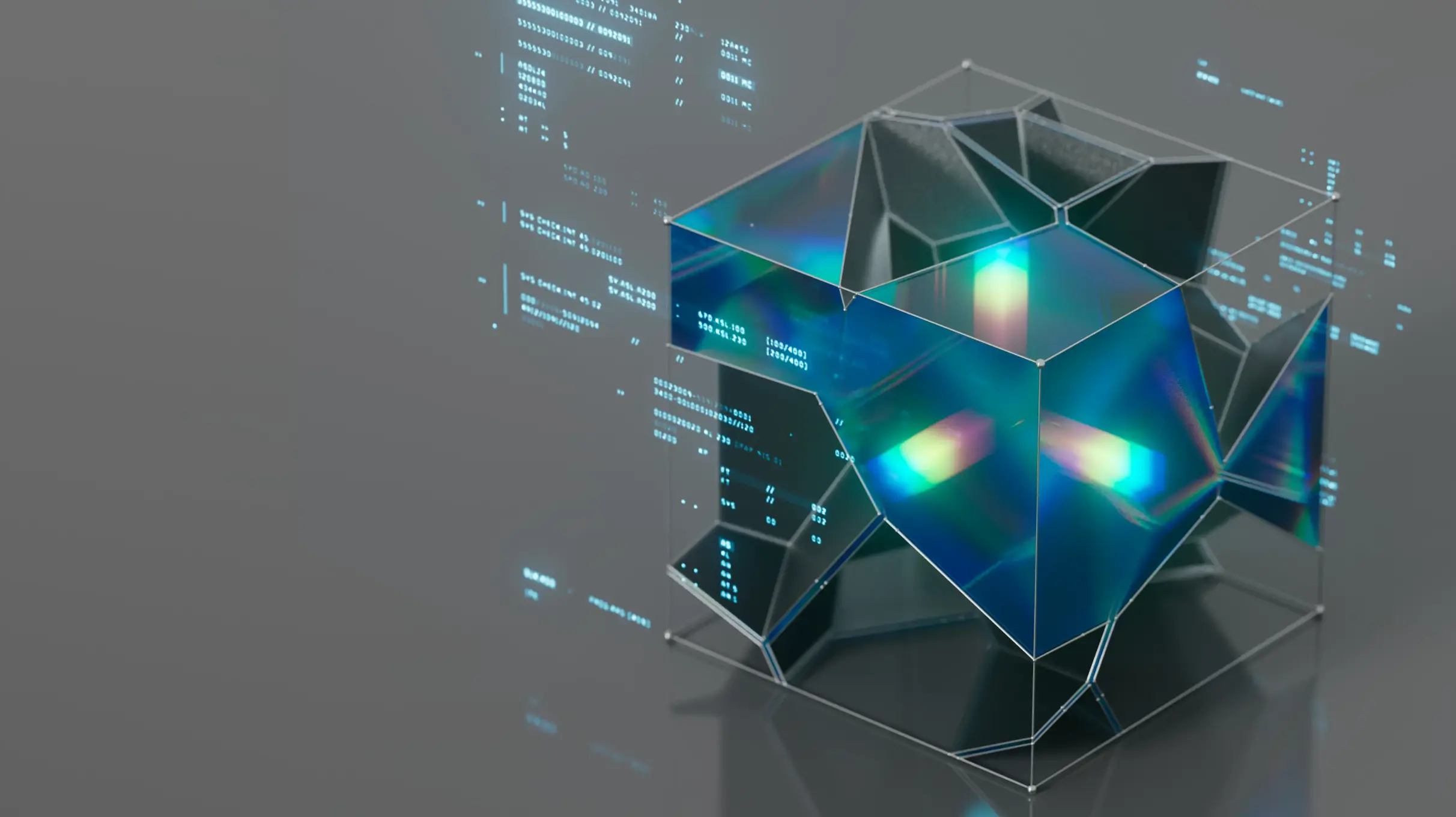The transformer-based diffusion models are improving day by day and have proven to revolutionize the text-to-image generation model. The capabilities of transformers enhance the scalability and performance of any model, thereby increasing the model’s complexity.
“With great power comes great responsibility”
In this case, with great model complexities comes great power and memory consumption.
For instance, running inference with models like Stable Diffusion 3 requires a huge GPU memory, due to the involvement of components—text encoders, diffusion backbones, and image decoders. This high memory requirement causes set back for those using consumer-grade GPUs, which hampers both accessibility and experimentation.
Enter Model Quantization. Imagine being able to scale down a resource-hungry model to a more manageable size without sacrificing its effectiveness. Quantization, is like compressing a high-resolution image into a more compact format, transforms the model’s parameters into lower-precision representations. This not only reduces memory usage but also speeds up computations, making complex models more accessible and easier to work with.
In this post, we explore how Quanto’s quantization tools can significantly enhance the memory efficiency of Transformer-based diffusion pipelines.


